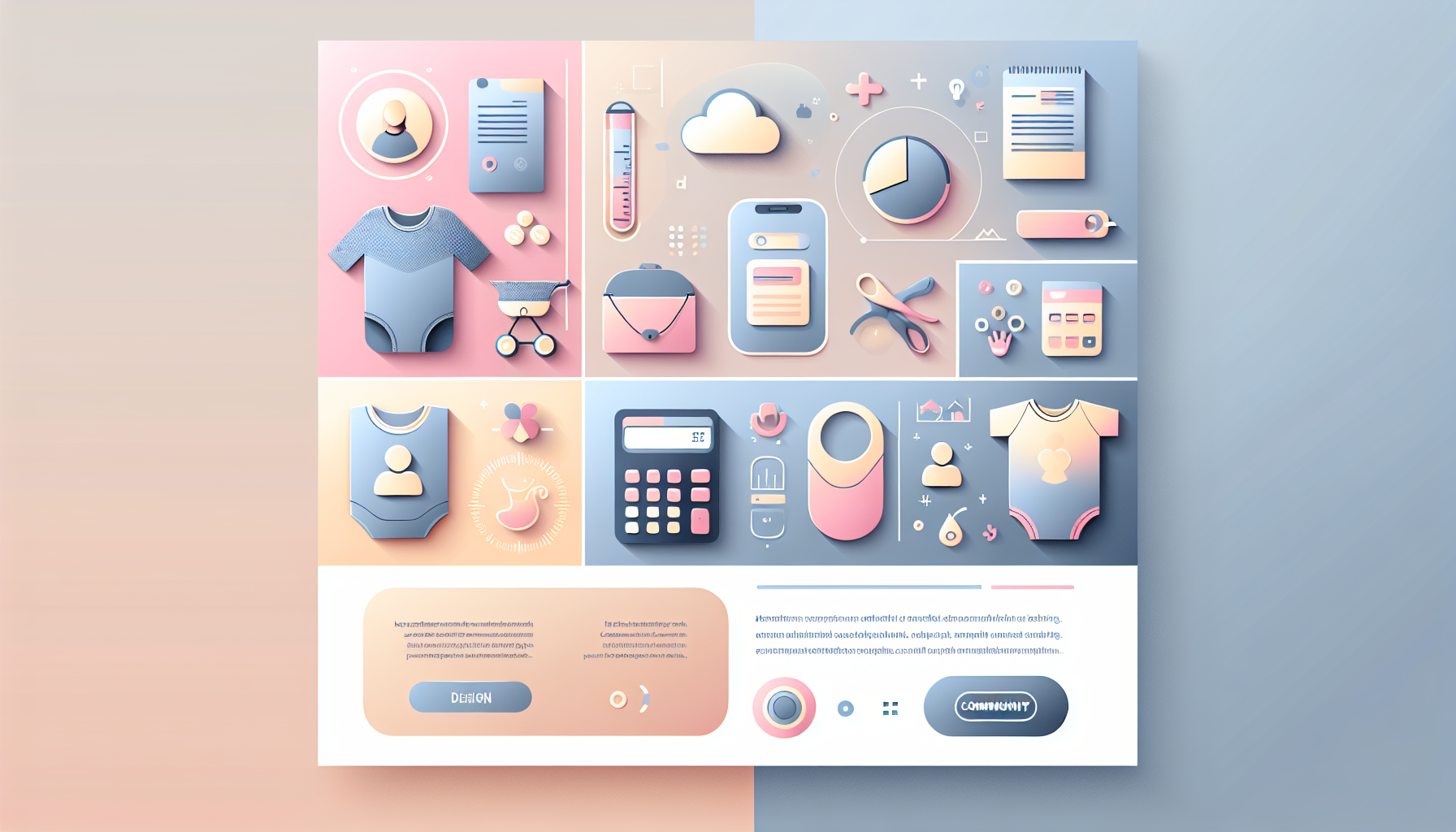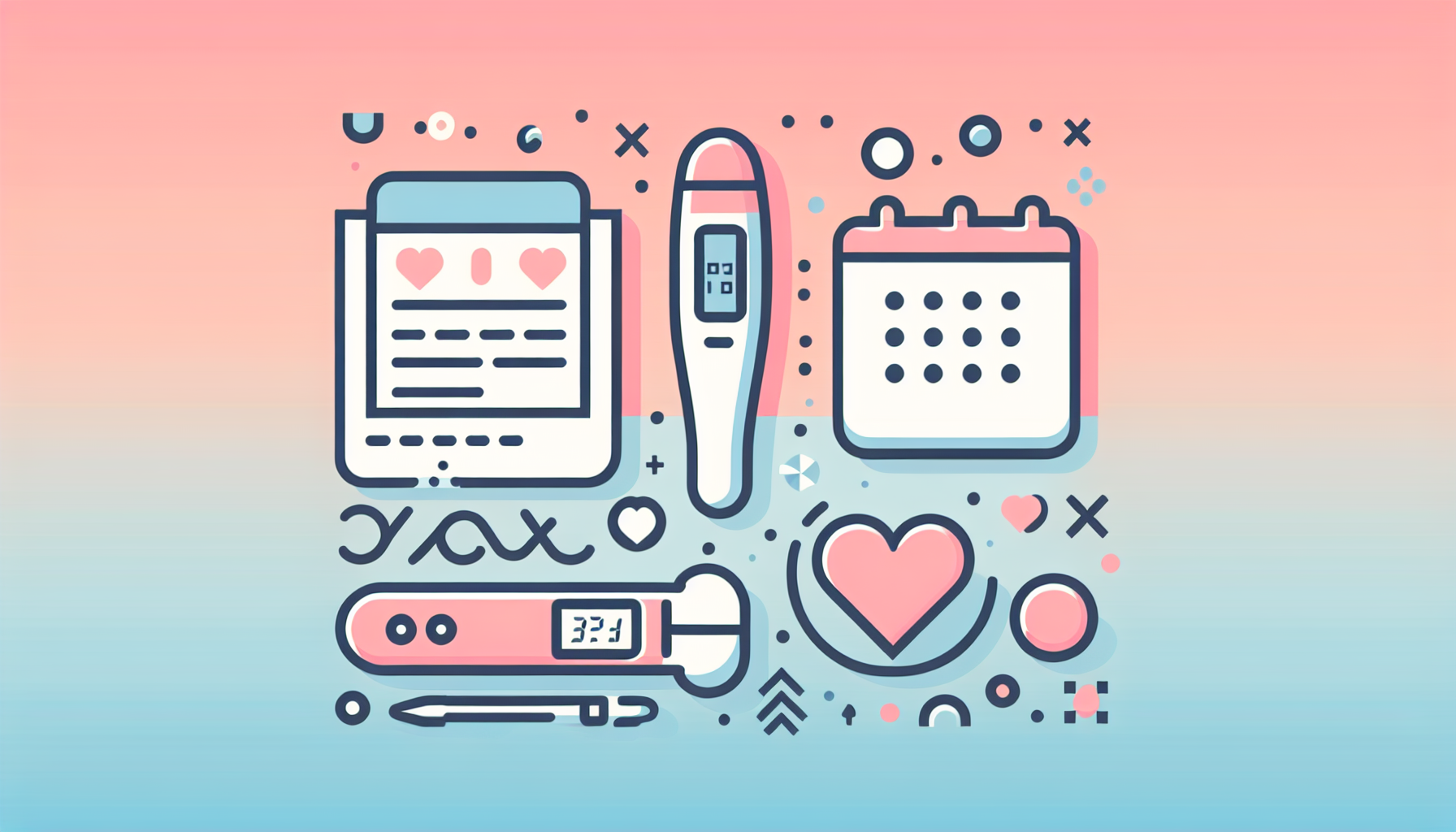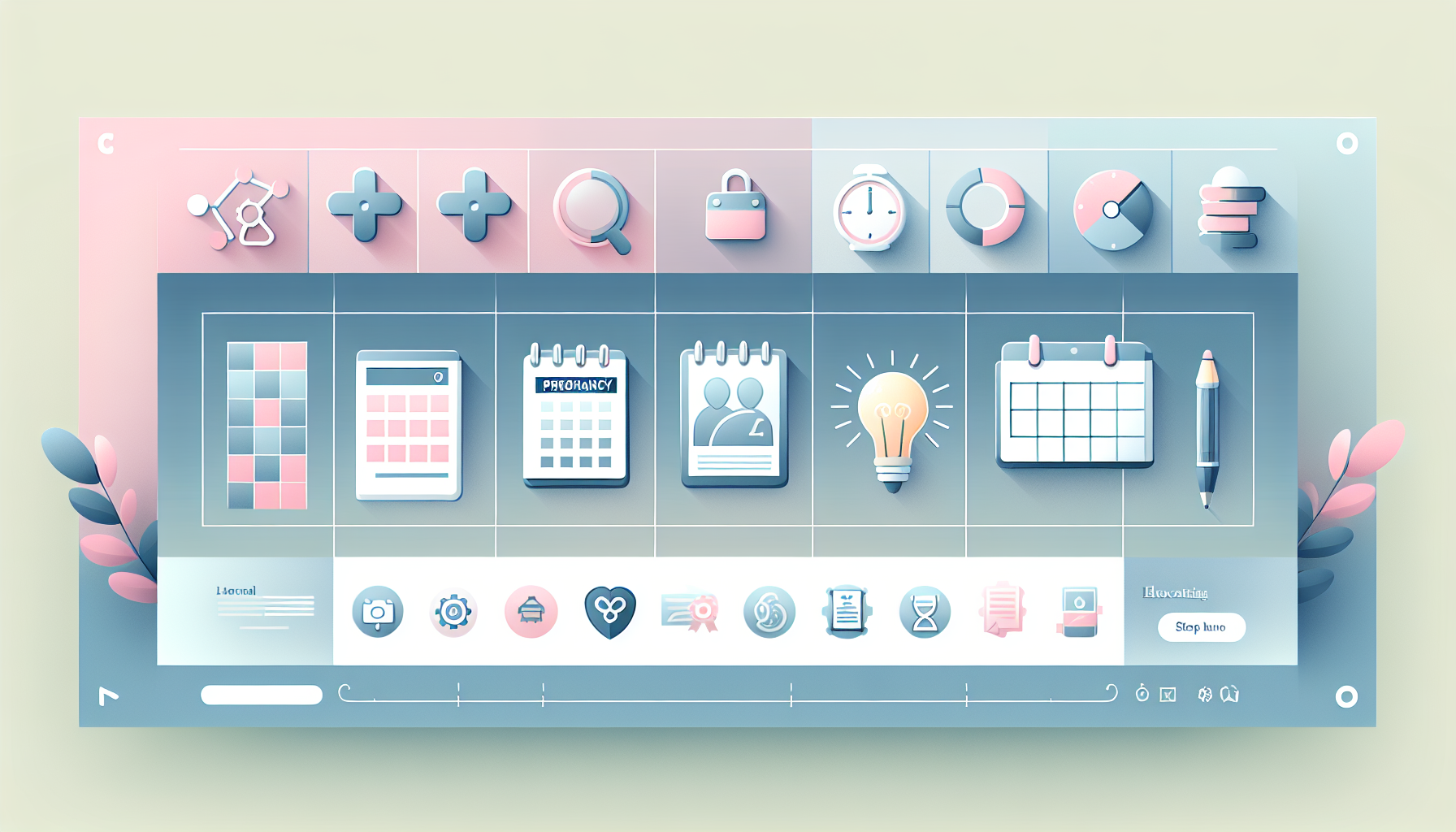The Role of Visuals in Making Calculators User-Friendly

The Power of Visuals in Enhancing User Experience for Pregnancy and Fertility Calculators
In the digital age, when users expect instant answers and seamless experiences, the design of your online calculator—whether for estimating due dates, tracking fertility, or monitoring ovulation—can make or break engagement. While robust backend algorithms are crucial, the role of visuals in making these tools user-friendly is often underestimated. For pregnancy-related websites, particularly those leveraging powerful plugins like the WP Ultimate Pregnancy & Ovulation Calculator, visual design is not just about aesthetics; it’s about clarity, trust, and actionable insights.
Why Visuals Matter in Pregnancy Calculator UX
Imagine a parent-to-be visiting your site. They’re excited, maybe a bit anxious, and looking for quick, reliable information. A cluttered interface or a confusing input form can instantly erode trust. In contrast, a well-designed calculator—with clear labels, intuitive date pickers, and a visually prominent results display—feels like a helpful companion on their journey.
Industry research underscores that effective pregnancy calculator visuals are characterized by clean layouts, consistent formatting, and the use of color or typography to distinguish different stages (e.g., trimesters, weeks, days). For fertility tracker design, this is even more critical: users need to interpret complex data like basal body temperature (BBT) charts or ovulation predictions at a glance. The best fertility apps, such as those integrated with OvuSense or Tempdrop, leverage intuitive graphs and color-coded timelines to make sense of fertility windows, especially for users with irregular cycles.
Key Visual Elements for Enhanced Usability
Let’s break down the visual components that elevate the user experience (UX) of a pregnancy or fertility calculator:
- Clear Input Fields: Simple, well-labeled fields for entering dates (e.g., last menstrual period, conception date) reduce friction and errors. Avoid overwhelming users with unnecessary fields—ask only for what’s essential.
- Visual Timelines: A dynamic pregnancy timeline, showing trimesters, fetal development milestones, and key appointments, helps users visualize their journey and anticipate what’s next.
- Data Visualization: For fertility tracking, charts that plot BBT over time, highlight ovulation days, and mark fertile windows empower users to make informed decisions. Devices like the Tempdrop wearable and Femometer Smart Ring sync with apps to deliver real-time, easy-to-read visuals.
- Personalized Insights: Tailored tips, articles, and health recommendations—displayed in a visually distinct section—add value and keep users engaged.
- Progress Indicators: Visual cues like progress bars or milestone badges celebrate user achievements, whether it’s reaching a new week of pregnancy or consistently logging fertility data.
Real-World Examples: What Works (and What Doesn’t)
Consider two scenarios:
Scenario 1: A WordPress site uses a basic, text-heavy pregnancy calculator plugin. Users must scroll through paragraphs of instructions, manually type dates in a specific format, and interpret plain-text results. The experience feels outdated and frustrating.
Scenario 2: The same site upgrades to the WP Ultimate Pregnancy & Ovulation Calculator, which features a modern, visual interface. A calendar picker simplifies date entry, a color-coded timeline illustrates pregnancy progress, and interactive charts display fertility data. Users instantly grasp their due date, see what developmental stage their baby is in, and receive actionable health tips—all without confusion.
This contrast isn’t hypothetical. Leading fertility tech like OvuSense and Tempdrop have demonstrated that high-quality visuals—paired with accurate data—boost user trust and long-term engagement. These tools are clinically proven to help users with irregular cycles pinpoint ovulation with up to 90% accuracy, largely because their interfaces make complex data accessible and actionable.
Lessons from Fertility Tracker Design
Fertility apps face unique challenges. Unlike simple period trackers, they must handle irregular cycles, integrate multiple data streams (e.g., BBT, cervical mucus, LH tests), and deliver predictions that users can act upon. Visual design is central to this task:
- Minimize User Burden: Automate data collection where possible (e.g., syncing with wearables), and only ask for essential manual inputs.
- Contextual Help: Offer tooltips, examples, and brief explanations directly beside input fields—not buried in a help section.
- Flexible Tracking: Allow users to customize which health indicators they track, supporting holistic health management beyond fertility.
- Empathetic Tone: Use reassuring visuals and language to reduce anxiety, especially around sensitive topics like conception struggles.
Implementing Visual Best Practices in WordPress
For site owners using WordPress, the WP Ultimate Pregnancy & Ovulation Calculator plugin is a standout example of how to integrate these visual best practices. Here’s how you can maximize its impact:
- Customize the Interface: Use the plugin’s settings to match your site’s branding, ensuring visual consistency and a professional look.
- Leverage Visual Timelines: Enable features that display pregnancy progress as an interactive timeline, making it easy for users to see both the big picture and daily details.
- Integrate Data Visualization: If your audience is interested in fertility tracking, consider adding BBT charting or ovulation prediction visuals—either natively or by connecting to wearable devices.
- Offer Personalized Insights: Use conditional content blocks to show relevant articles, tips, or appointment reminders based on the user’s stage.
- Test and Iterate: Gather feedback from your audience to identify pain points in the UX. A/B test different visual layouts to see what resonates most.
Case Study: A Fertility Blog’s Transformation
Consider a popular fertility blog that previously relied on a simple ovulation calculator widget. User engagement was low, and support tickets frequently cited confusion over how to interpret results.
After switching to the WP Ultimate Pregnancy & Ovulation Calculator, the site introduced a visually rich, interactive calculator with a timeline view, color-coded fertility windows, and personalized health tips. Within three months, time-on-page increased by 42%, and user satisfaction scores rose dramatically. The visual redesign didn’t just look better—it made the tool genuinely useful, turning casual visitors into loyal readers (and potential customers for related services).
Avoiding Common Pitfalls in Calculator Design
Even with the best intentions, calculator UX can go awry. Here are mistakes to avoid:
- Overloading with Fields: Asking for too much information upfront frustrates users and increases abandonment rates. Stick to the essentials and explain why each field matters.
- Poor Mobile Optimization: Many users access pregnancy and fertility tools on their phones. Ensure your calculator is fully responsive and touch-friendly.
- Ignoring Accessibility: Use sufficient color contrast, alt text for images, and keyboard navigability to serve all users, including those with visual impairments.
- Lack of Context: Don’t just spit out a due date—explain how it was calculated, what it means, and what users should do next.
The Future of Pregnancy and Fertility Calculator Design
As technology evolves, so do user expectations. The next generation of pregnancy and fertility calculators will likely incorporate:
- AI-Powered Personalization: Adaptive algorithms that learn from user behavior to deliver even more accurate predictions and tailored advice.
- Integration with Wearables: Seamless sync with devices like Tempdrop or Femometer for effortless, accurate data collection.
- Holistic Health Tracking: Allowing users to track mood, sleep, activity, and other indicators alongside fertility data for a complete health picture.
- Community Features: Forums or chat options where users can share experiences and support each other, further deepening engagement.
How to Get Started with Visual Optimization
Ready to transform your pregnancy or fertility calculator into a visual powerhouse? Here’s a step-by-step approach:
- Audit Your Current Calculator: Identify pain points in the user journey—where do visitors get stuck or confused?
- Research Best Practices: Study leading apps like OvuSense and Tempdrop, as well as general UX guidelines for calculators.
- Prototype New Visuals: Create wireframes for a more intuitive, visually engaging interface. Focus on clarity, accessibility, and actionability.
- Implement & Test: Roll out the new design incrementally, gather user feedback, and refine based on real-world usage.
- Promote Your Enhanced Tool: Highlight the visual improvements in your blog posts, social media, and email newsletters to attract new users.
Bringing It All Together
For pregnancy and fertility websites, a calculator is more than a utility—it’s a touchpoint that can inspire trust, reduce anxiety, and foster lasting engagement. By prioritizing pregnancy calculator visuals, thoughtful fertility tracker design, and seamless WordPress plugin UX, you not only meet but exceed user expectations.
If you’re ready to take your site’s calculator to the next level, explore the possibilities with the WP Ultimate Pregnancy & Ovulation Calculator today. Want to see a demo or discuss customization options? Contact us for a personalized consultation. Together, we can build tools that are as beautiful as they are useful—helping your audience navigate one of life’s most meaningful journeys with confidence and ease.














